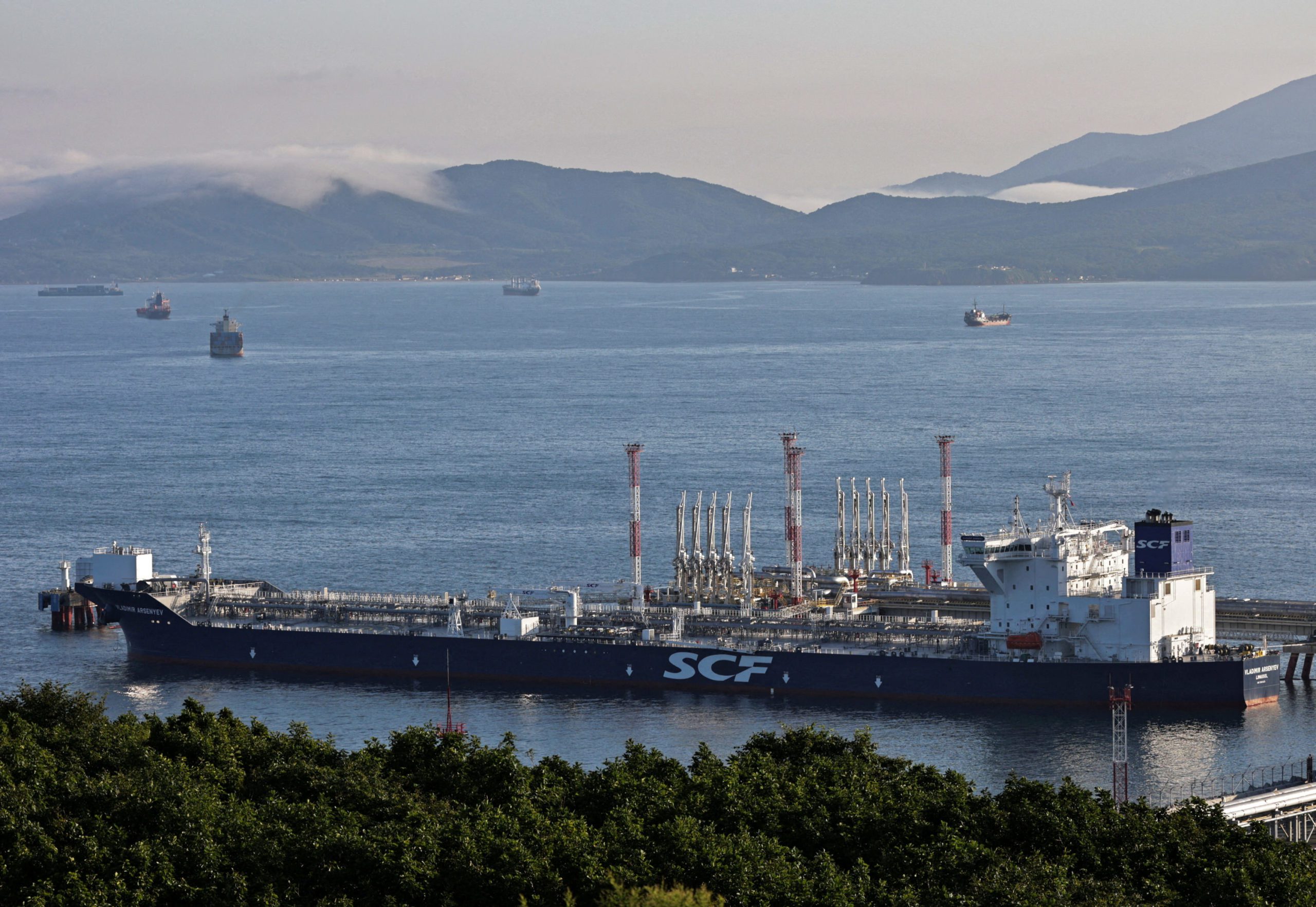In response to a significant workforce shortage, the U.S. Coast Guard has announced plans to reduce its fleet of active cutters. The Coast Guard is currently facing a shortage of nearly 10% of its enlisted workforce, making it necessary to adapt operations while prioritizing lifesaving missions, national security, and the protection of the marine transportation system.
To address the workforce challenge, Vice Commandant Adm. Steven Poulin has provided specific temporary operational guidance aimed at maintaining search and rescue (SAR) capabilities, adjusting operations to focus on lifesaving missions and critical security objectives.
Conducting missions with a reduced workforce poses increased risks to both Coast Guard members and the American public. As cutter crews cannot be scaled down, the only viable option to reduce the workforce is by reducing the number of operating cutters, the Coast Guard said in an announcement.
Previously planned decommissionings, including the USCGC Steadfast, will proceed as scheduled. Certain cutters will be placed in a special status, either awaiting decommissioning or future reactivation. This includes putting three 210′ Medium Endurance Cutters (WMEC) in layup, pending decommissioning. Another seven 87′ Patrol Boats (WPB) will be put layup, pending reactivation. Five 65′ Harbor Tugs (WYTL) will be put in a non-continuous manned status. Two 154′ Patrol Crafts (WPC) will be commencing uncrewed Recurring Depot Availability Program (RDAP) at the Coast Guard Yard in Baltimore, Maryland.
In some cases, crews will conduct hull swaps to layup cutters with the largest pending maintenance requirements.
The changes will also extend to shoreside operations. Stations and aids to navigation teams currently exceeding staffing standards will be reduced. Similarly, crews at all 23 seasonal station smalls will transfer to their parent commands, and non-response units without search and rescue responsibilities will suspend operations.
Mission support units will also be impacted. Some positions will go unfilled in order to minimize disruption in customer service provision.
“We understand the extra stress and anxiety these unforeseen changes create for our members and their families,” said Rear Adm. Rusty Dash, Commander of Personnel Service Center. “[Enlisted Personnel Management (EPM) and Officer Personnel Management (OPM) staff] will directly engage with each affected command to discuss individual situations and concerns.”
Assignment Officers will also be given more flexibility to accommodate affected members and prioritize their preferences while considering service needs.
The Coast Guard’s goal remains to have ten thousand members assigned to afloat units, and efforts will continue to gradually grow fleet capacity through the construction of technologically advanced ships, ensuring the Coast Guard is positioned for future operational capabilities.
While the reduction in the active fleet of cutters is a response to the current workforce shortage, the Coast Guard will continue to uphold its commitment to answer the call and prepare for future challenges.

 Join The Club
Join The Club











